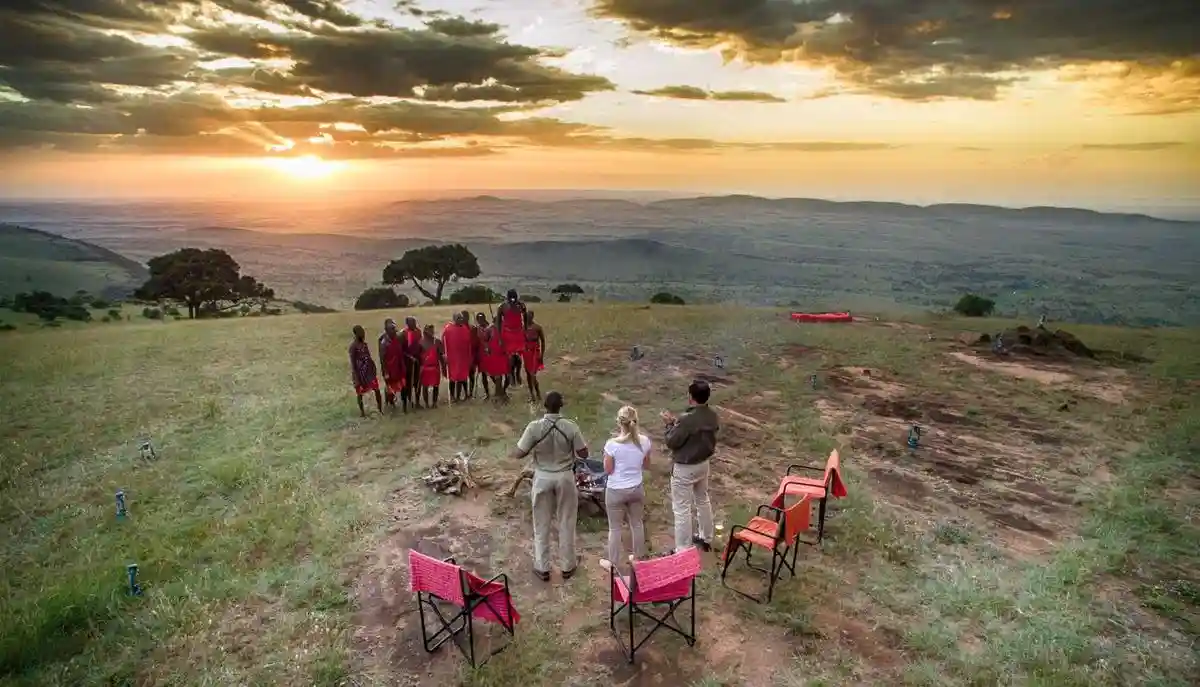When To Go Ngorongoro Crater: A Comprehensive Guide for Travel Enthusiasts
Ngorongoro Crater, a breathtaking natural wonder nestled in the heart of Tanzania, beckons travelers with its stunning landscapes and abundant wildlife. Planning the perfect visit requires careful consideration of the timing to ensure an unforgettable experience. In this guide, we delve into the nuances of the seasons, helping you determine the optimal time to explore the wonders of Ngorongoro Crater.

Understanding the Seasons
Dry Season (June to October)
The dry season stands out as the prime time to visit Ngorongoro Crater. From June to October, the weather remains dry and clear, offering excellent visibility for wildlife viewing. The sparse vegetation during this period ensures that animals gather around the water sources, providing unparalleled opportunities for safari enthusiasts. With the sun gracing the landscape, every moment becomes a photo-worthy spectacle.
Wet Season (November to May)
While the wet season brings occasional rains, it ushers in a different kind of beauty to Ngorongoro Crater. The landscape transforms into a lush, green paradise, and the caldera brims with life. The months of December to March mark the peak of the wet season, with occasional showers enhancing the overall experience. However, it’s important to note that the rains can make certain areas challenging to access.

Choosing the Ideal Months
June to August: Peak Dry Season
For those seeking the pinnacle of dry season splendor, June to August is ideal. The wildlife congregates around the water sources, and the clear skies make for stunning vistas. Be sure to book your accommodations well in advance, as this period attracts a high number of visitors.
September to October: Shoulder Dry Season
As the dry season begins to wane, September and October offer a more tranquil experience. The crowds thin out, yet the weather remains favorable for an enchanting safari adventure. It’s a great time for those who prefer a more intimate wildlife encounter.

November to December: Transition to Wet Season
November brings the transition from dry to wet season, with occasional showers rejuvenating the landscape. This period provides a unique blend of lingering dry season charm and the burgeoning vibrancy of the approaching wet season.
January to March: Peak Wet Season
The wet season peaks from January to March, transforming Ngorongoro Crater into a lush paradise. While the occasional rain showers add an element of unpredictability, the verdant landscapes and newborn wildlife make it a magical time for avid nature enthusiasts.

April to May: Shoulder Wet Season
As the wet season tapers off, April and May offer a quieter experience. The vegetation retains its greenery, and the tourist numbers remain moderate, making it an appealing time for those seeking a more secluded safari experience.

Conclusion
Determining when to go to Ngorongoro Crater depends on your preferences and the kind of experience you seek. Whether you opt for the bustling dry season or the serene wet season, each period has its own charm. Use this guide to plan your journey, and embark on an adventure that aligns perfectly with the captivating rhythms of Ngorongoro Crater’s natural wonders.
Explore the Serengeti National Park like never before with our curated selection of related safaris. Witness the awe-inspiring Great Migration, track the Big Five, and immerse yourself in the untamed beauty of this iconic African wilderness. Our safaris offer a chance to experience the Serengeti’s diverse ecosystems, abundant wildlife, and breathtaking landscapes, creating memories that will last a lifetime.